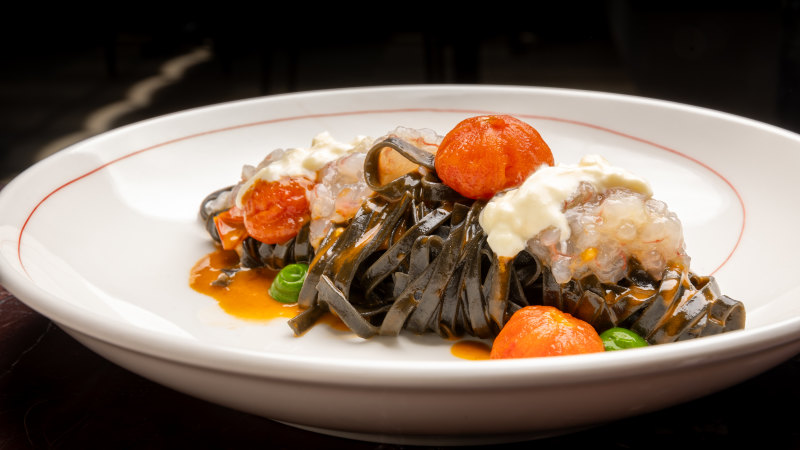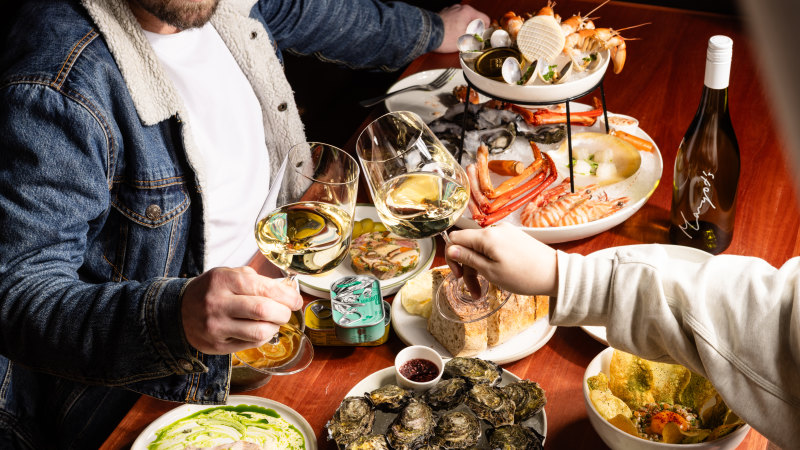Many people probably think that any knife can be used for any task. This is far from true: Every knife has a purpose, and choosing the right one for a specific job can help you prepare ingredients efficiently and safely. Anyone who enjoys cooking should have paring, serrated, and chef's knives to accomplish most tasks in the kitchen, but some cutting jobs require more precision and effort — two things that proper tools can make easier.
Case in point: boning knives and cleavers. The boning knife has a thin blade (even thinner than a slicing knife) that's usually about 6 inches long. The flexible version often curves upward like a cutlass and comes to a very fine point, following the contours of bone in poultry and fish.
The stiff version, on the other hand, often has a straighter spine and is better constructed for cutting thick meats like pork and beef. On the other end of the spectrum is the cleaver. This is a large, rectangular blade made of soft metal that's capable of withstanding hard chopping and heavy impact.
It's kind of similar to a hatchet because its face is blunt and broad. Meanwhile, the spine can be either straight, concave, or convex. Since its effectiveness depends on how hard you swing it, it's important to learn how to use it properly — just as you should understand how to use a boning knife.
Precision cutting with a boning knife The name of the boning knife might sound misleading at first, but you can clearly tell by looking at it that it doesn't actual.

















